Cheongdamgol (청담골)
9.1Km 2021-04-17
48, Seolleung-ro, 148-gil, Gangnam-gu, Seoul
+82-2-543-1252
It is a house where you can enjoy Hanjeongsik (Korean Table d'hote) at a reasonable price. The best menu at this restaurant is Korean table d'hote. This Korean dishes restaurant is located in Gangnam-gu, Seoul.
Chakraa (Hannam Branch) (차크라(한남점))
9.1Km 2020-02-21
83, Dokseodang-ro, Yongsan-gu, Seoul
+82-2-796-1149
Located in a famous beautiful area of Seoul, Chakraa is an authentic Indian restaurant. It is also near the Embassy of India in Korea and the Embassies of other countries, as well as UN Village. The restaurant has seating for 60 guests.
NUHADANG [Korea Quality] / 누하당 [한국관광 품질인증]
9.1Km 2020-09-10
49-7, Pirundae-ro, Jongno-gu, Seoul
010-9692-1330
Guesthouse Nuha is a ‘hanok’ or traditional Korean house consisting of four guestrooms located in Nuha-dong, Seochon (west of Gyeongbokgung Palace, Jongno, Seoul) where many Confucian scholars and artists lived during the Joseon Dynasty.
Exuding a refined atmosphere, Guesthouse Nuha is very popular among not only domestic visitors but also foreign tourists who want to experience the flavor of Korea in a cozy hanok. All four guestrooms (An-bang, Sarang-bang, Geul-bang, and Byeol-dang) are covered with eco-friendly hanji (traditional Korean paper handmade from mulberry tree) wallpaper, and are equipped with a thick cotton-wool comforter and pillows imbued with the scent of Hinoki cypress tree to help guests relieve their fatigue.
Breakfast is served free of charge. Guests can also experience traditional Korean culture here, such as playing a Korean musical instrument (janggu or double-headed drum), playing a game of yut in the yard, or wearing hanbok (traditional Korean clothes). Although a local bus service passes through the village, it is highly recommended to take a quiet leisurely around the area.
Palacio Deoksugung (덕수궁)
9.1Km 2025-04-07
Sejong-daero 99, Jung-gu, Seúl
Situado en la esquina de la intersección de calles más atestadas del microcentro de Seúl, el palacio Deoksugung es, entre otras cosas, famoso por su elegante sendero junto a un muro de piedra. Por ser el único palacio que se erige junto a construcciones modernas, añade singularidad al paisaje.
El palacio Deoksugung perteneció originalmente al príncipe Wolsandaegun (1454-1488), el hermano mayor del rey Seongjong (1469-1494) de la dinastía Joseon. El lugar fue ascendido a la categoría de palacio propiamente dicho cuando Gwanghaegun (1575-1641) ascendió al trono y le dio a la construcción el nombre de palacio Gyeongungung en 1611. Con posterioridad, el nombre cambió a Deoksugung.
Entrando al palacio a través de la puerta Daehanmun aparece el estanque Geumcheon con el puente Geumcheongyo, de suficiente ancho como para que pasara el carruaje del monarca. El pabellón Jeukjodang fue denominado así por Gwanghaegun e Injo, ambos monarcas que fueron coronados en este lugar. El letrero frontal de Jeukjodang fue escrito por el emperador Gojong en 1905 después de que ascendiera al trono. Hamnyeongjeon fue el sitio en que Gojong dormía y Hamnyeong fue denominado de esa manera para desear que Gojong tuviera paz eterna. El Ala Este servía como la habitación del monarca y el Ala Oeste, de la Reina. Jeonggwanheon fue el primer edificio de estilo occidental construido dentro del palacio, en 1900. Gojong disfrutaba beber café y pasar su tiempo de ocio aquí. En la parte trasera del edificio había, y hay aún hoy en día, pasajes secretos a la Residencia Oficial del Emisario Ruso. Seokjojeon es el otro edificio de arquitectura occidental que permanece todavía hasta el presente dentro del palacio, que estaba siendo construido por un inglés para su compañía en 1905, pero después pasó a manos del gobierno japonés que lo acabó de edificar en 1910.
Después del fallecimiento de Gojong, Seokjojeon se convirtió en una galería de arte japonés y abrió sus puertas al público, y después de la Liberación, la Comisión Conjunta de EE.UU. y Rusia tuvo lugar aquí en mayo de 1946. El Ala Este de la edificación Seokjogwan sirve ahora como sede de Exhibición de los Tesoros del Palacio, y el Ala Oeste se usa como parte integrante del Museo Nacional de Arte Contemporáneo.
Puerta Daehanmun del Palacio Deoksugung (덕수궁 대한문)
9.1Km 2024-12-04
Sejong-daero 99, Jung-gu, Seúl
Tradicionalmente, la entrada principal al palacio Deoksugung, en Seúl, era la puerta Inhwamun. Con la construcción del pabellón más importante del palacio, llamado Junghwajeon, en 1902, también se levantaron dos puertas nuevas: Junghwamun y Jowonmun. Luego se levantó la puerta Daehanmun, al este de Jowonmun, para que funcionara como entrada principal, pero se la movió de sitio en 1904 para permitir la expansión de la avenida.
Samick Town (삼익패션타운)
9.1Km 2024-01-23
Namdaemunsijang 8-gil 7, Jung-gu, Seúl.
Calle del Muro de Piedra del Palacio Deoksugung (덕수궁 돌담길)
9.1Km 2021-02-17
Sejong-daero 101, Jung-gu, Seúl
+82-2-120
Con una longitud de 900 metros, la calle del muro de piedra del palacio Deoksugung fue el primer espacio urbano creado con la intención de que las personas y la naturaleza coexistan en un mismo lugar. La calle fue construida usando materiales sostenibles y se tomaron las mayores medidas para dar prioridad a la seguridad del peatón. Hay aproximadamente 20 bancos y 130 árboles a lo largo de la calle ofreciendo un agradable espacio para descansar y disfrutar del ambiente.
Pasear por la calle del muro de piedra es una agradable experiencia. Esta romántica calle es un lugar ideal para pasear en pareja como también un excelente paseo cultural cerca del Museo de Arte de Seúl, el Museo de Historia de Seúl y otros puntos de importancia histórica.
Hyundai Kalguksu (현대칼국수)
9.1Km 2020-06-16
76, Sejong-daero, Jung-gu, Seoul
+82-2-752-9504
Hyundai Kalguksu is a kalguksu (handmade knife-cut noodles) restaurant that has been in the family for two generations (1982). The restaurant is extremely popular among people working at nearby businesses, thanks to the rich flavor of the broth. Anchovies, dried pollack heads, and kelp are simmered for many hours, and then, other ingredients are added: soft noodles and various vegetables including pumpkin, onion, and green onions. The restaurant is famous for the exquisite taste of its kalguksu, as well as for its large servings. Just one bowl is enough to satisfy a starving man, but if you are still hungry, don’t hesitate to ask for more rice or noodles for free. Another unforgettable specialty here is kimchi. You will also be able to enjoy geotjeori (freshly made kimchi) and kkakdugi (sliced white-radish kimchi), which is fermented for about three days.
Ganga - Apgujeong Branch (강가 압구정)
9.1Km 2021-04-13
868, Nonhyeon-ro, Gangnam-gu, Seoul
+82-2-3444-3610
Chefs with over 20 years’ experience in India personally do the cooking. This restaurant's signature menu is tandoori chicken. This Indian (cuisine) restaurant is located in Gangnam-gu, Seoul.
Of one book and stay [Korea Quality] / 일독일박 [한국관광 품질인증/Korea Quality]
9.1Km 2021-03-29
11-1, Pirundae-ro 3-gil, Jongno-gu, Seoul
This hanok (traditional Korean house) is located in Seochon Village near Gyeongbokgung Palace. It is a modern C-shaped hanok centered around the inner courtyard, which is the first thing that the guests see after entering through the gate. While it is not expansive, white pebbles and a foot bath make this hanok a unique one. One can enjoy a foot bath while sitting on the porch.
The bedroom, which is located beyond the living room, is furnished with a queen-sized bed. Opening the screen doors brings one to the view of the kitchen area beyond the inner courtyard. A large table, plush sofa, and a small bookcase make the space ideal for books and discussions. Climbing the wooden ladder to the side of the kitchen brings one to the attic, which also doubles as a Korean-style room with a skylight. The kitchen is furnished with a refrigerator, microwave oven, gas stove, electric kettle, toaster, pots, utensils, wine glasses, and bottled water. There is a restroom with a bathtub. The standard occupancy of the house is 4 people.
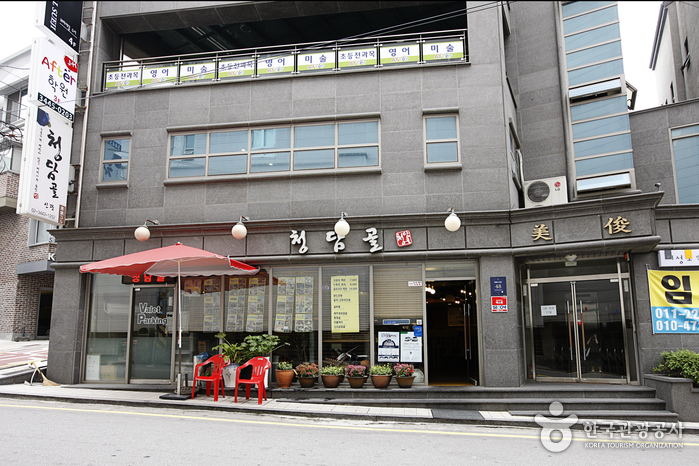
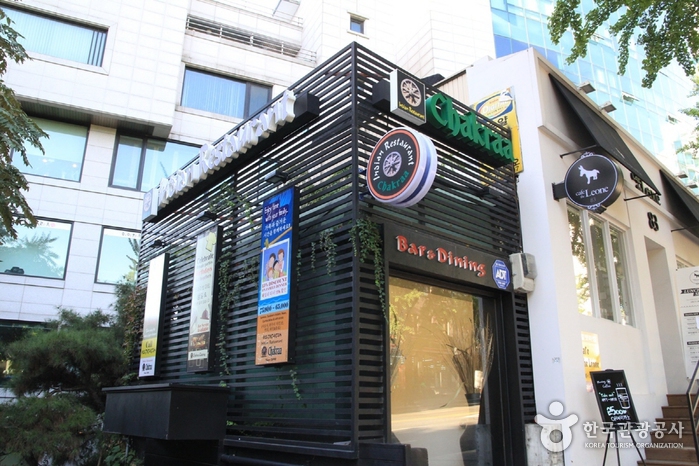
![NUHADANG [Korea Quality] / 누하당 [한국관광 품질인증]](http://tong.visitkorea.or.kr/cms/resource/58/2532358_image2_1.jpg)
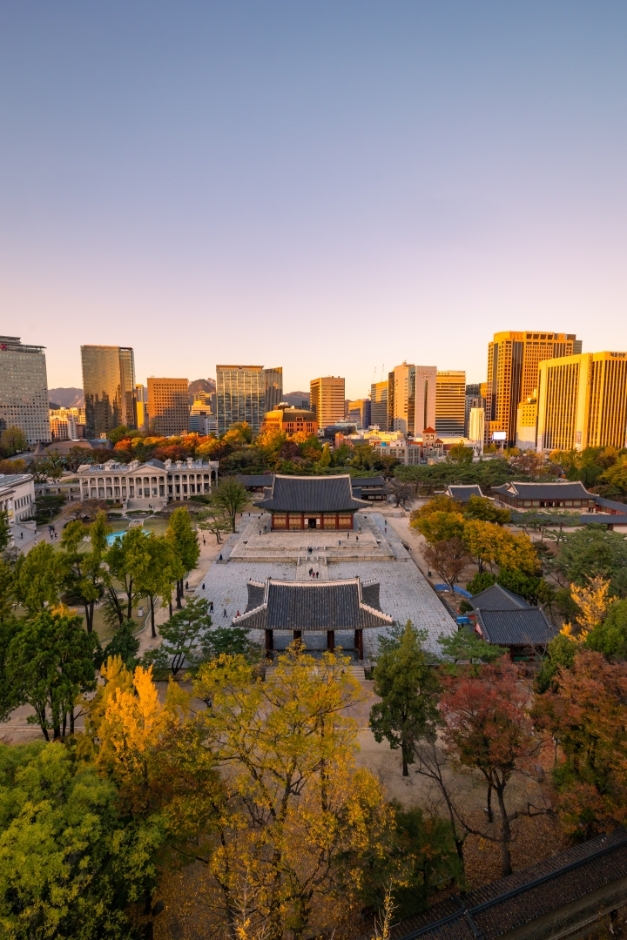
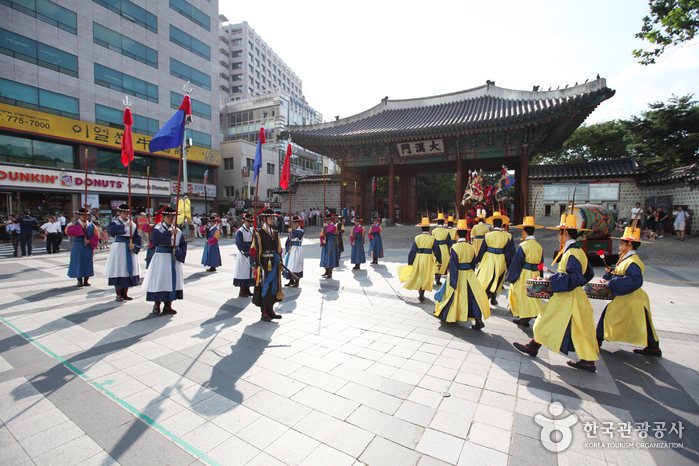
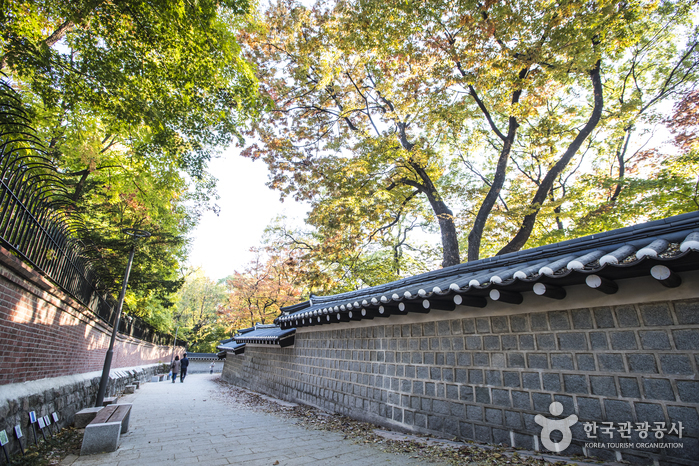
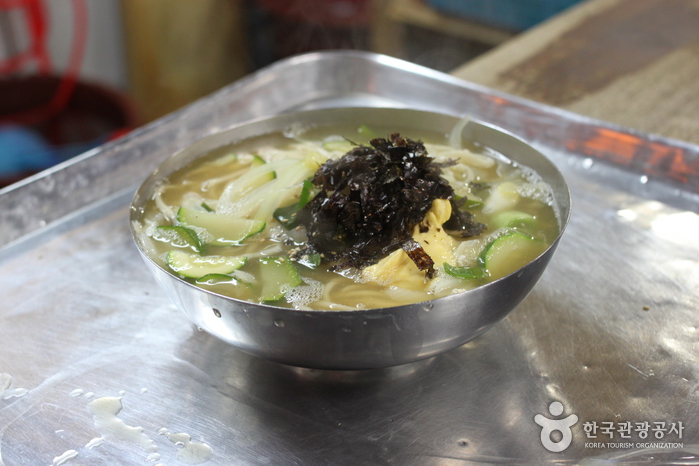
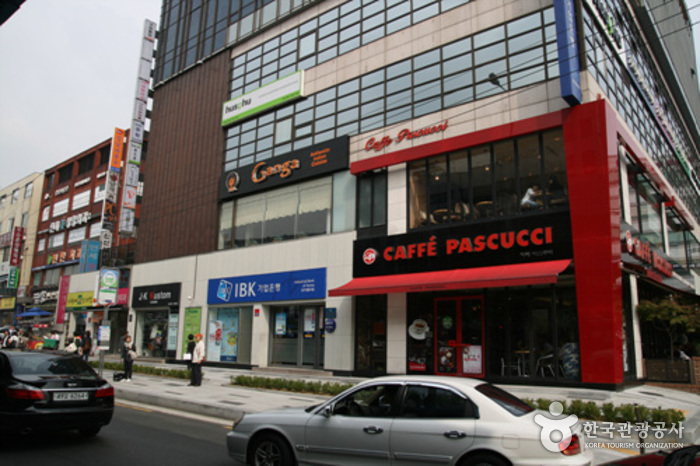
![Of one book and stay [Korea Quality] / 일독일박 [한국관광 품질인증/Korea Quality]](http://tong.visitkorea.or.kr/cms/resource/43/2707643_image2_1.jpg)
 Español
Español
 한국어
한국어 English
English 日本語
日本語 中文(简体)
中文(简体) Deutsch
Deutsch Français
Français Русский
Русский